THE INDIAN brand Kartik Research, previously known as Karu Research, has just launched its autumn-winter 2024 collection, which delves into the balance between two polarising types of India.
Founder Kartik Kumra explores the fantasy-like romantic perspective the brand has adventured into throughout past seasons with their lookbooks shot in homes without restorations after the British Raj or palaces established even before that time.
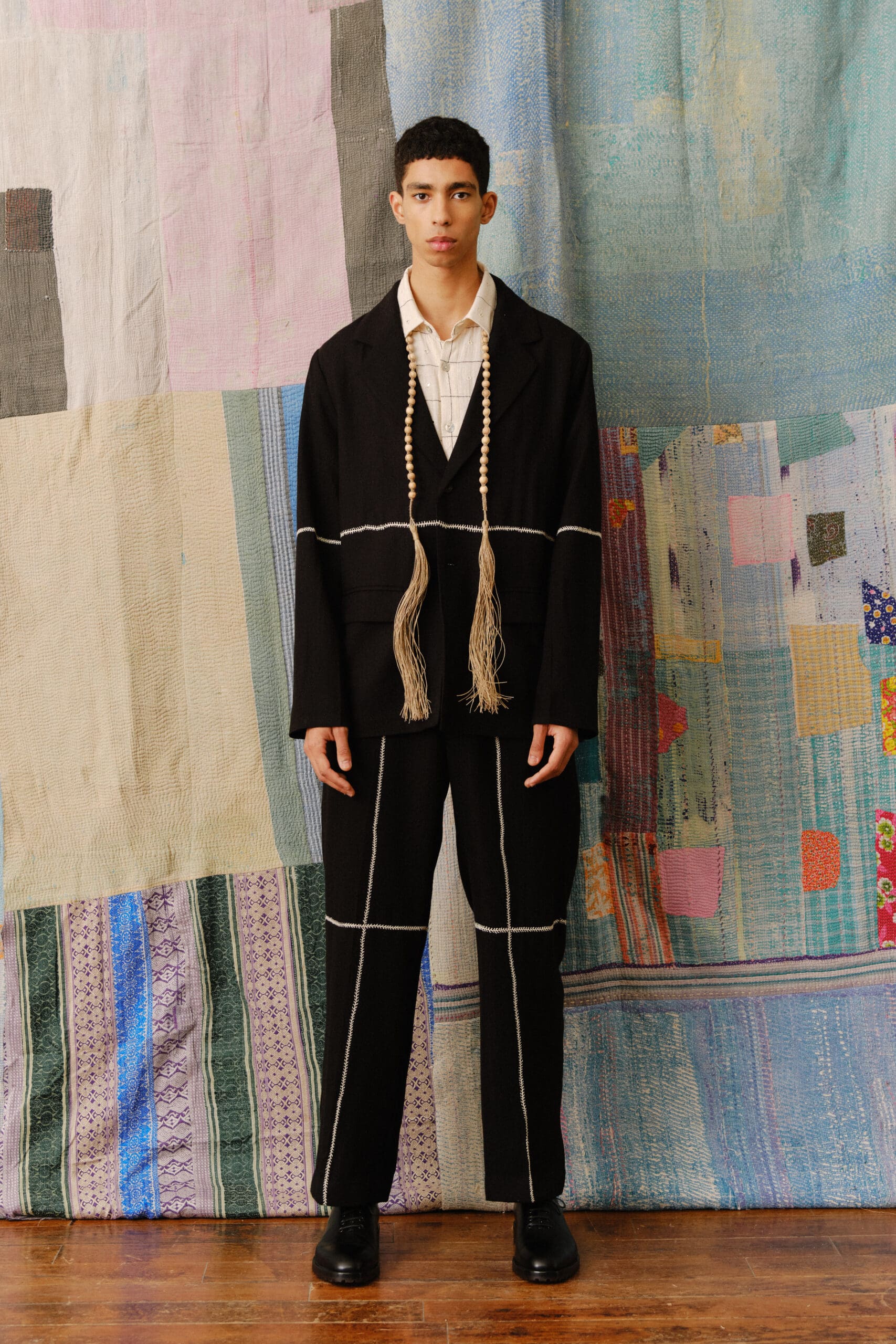
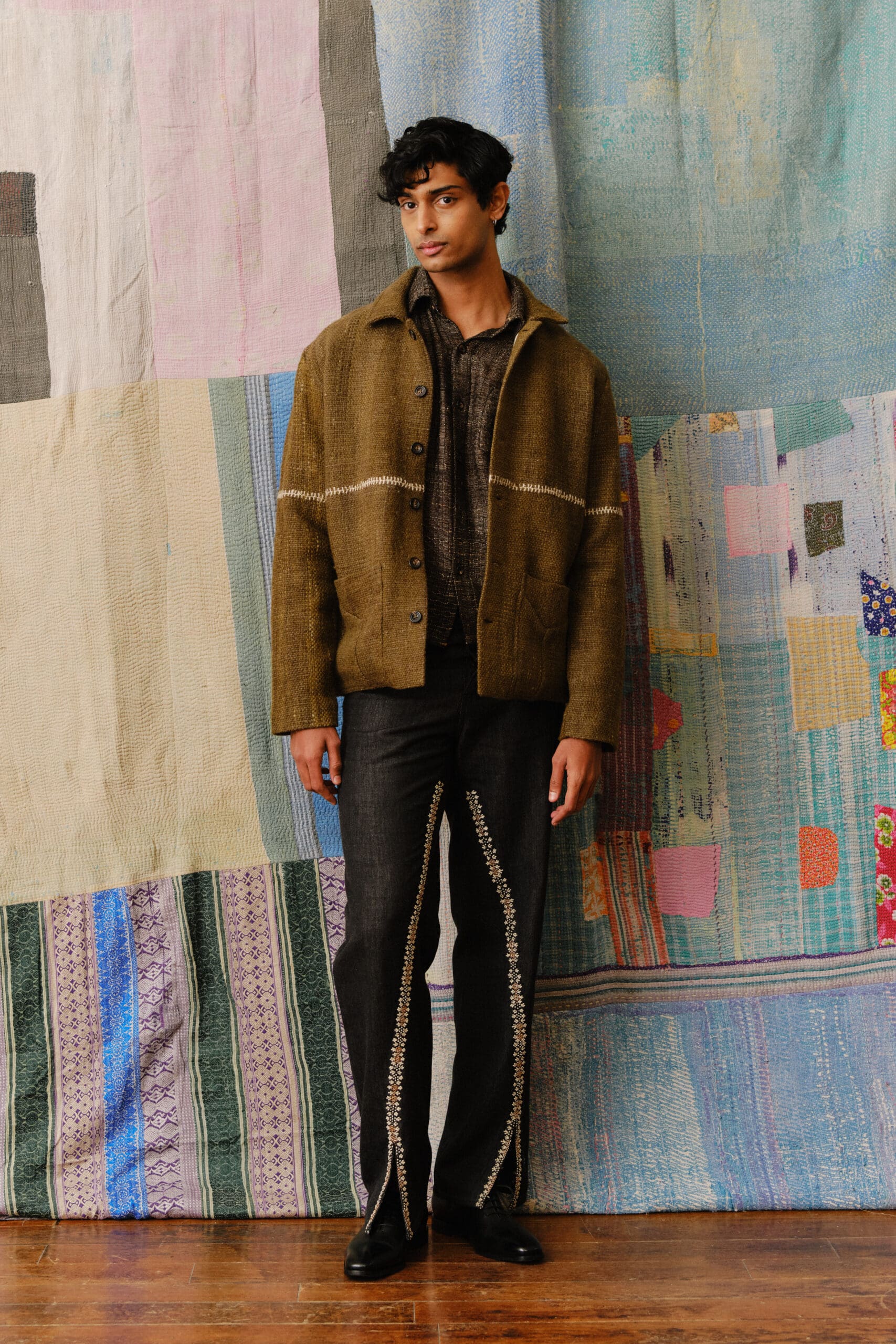
Kumra has enjoyed working with the concept of Indo-Nostalgia, and the version of India one wishes still existed. However, this season Kumra also looks at ideas surrounding globalisation and the social mindset that imitating the West is what is to be achieved, a concept which polarises Kumra’s initial outlook.
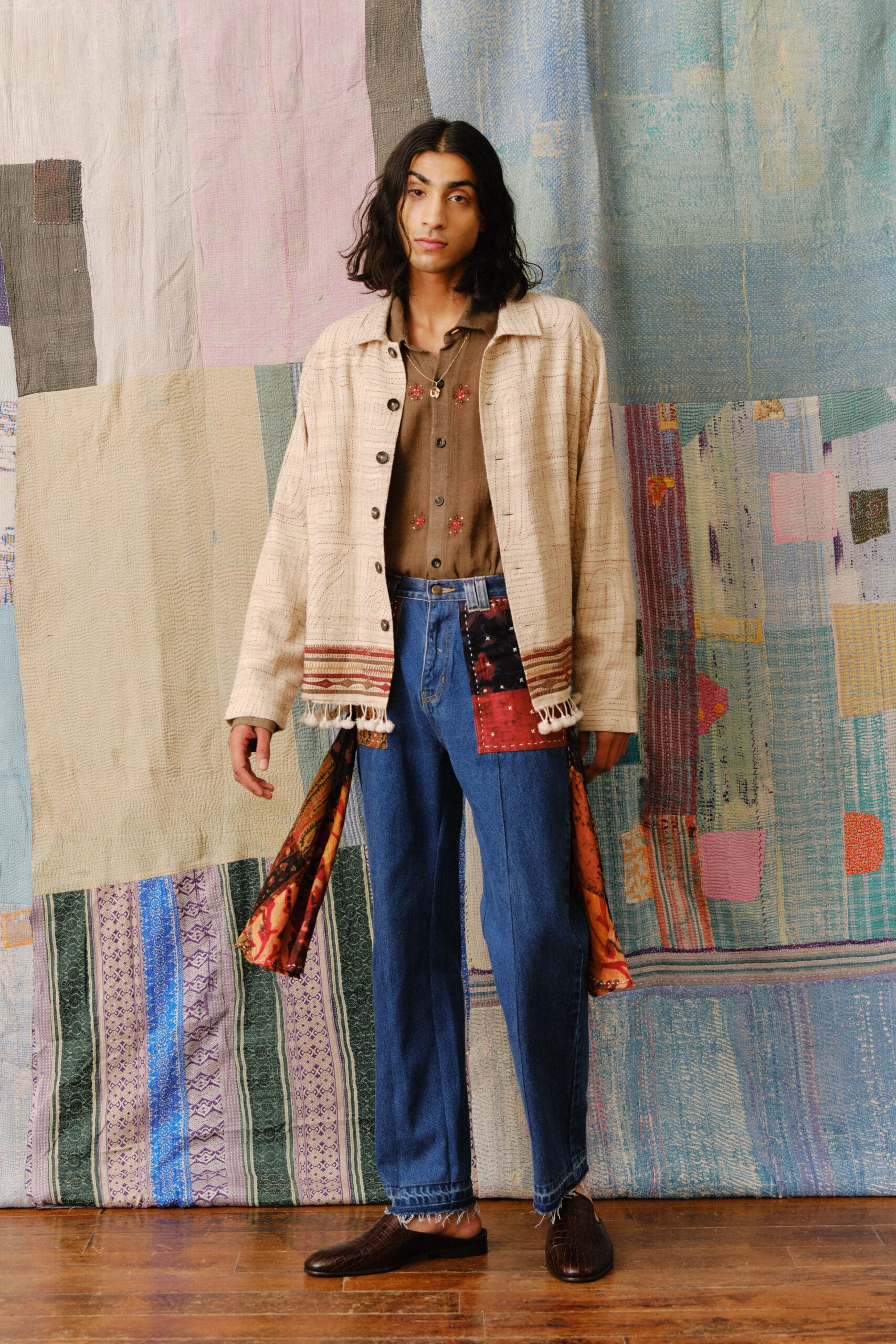
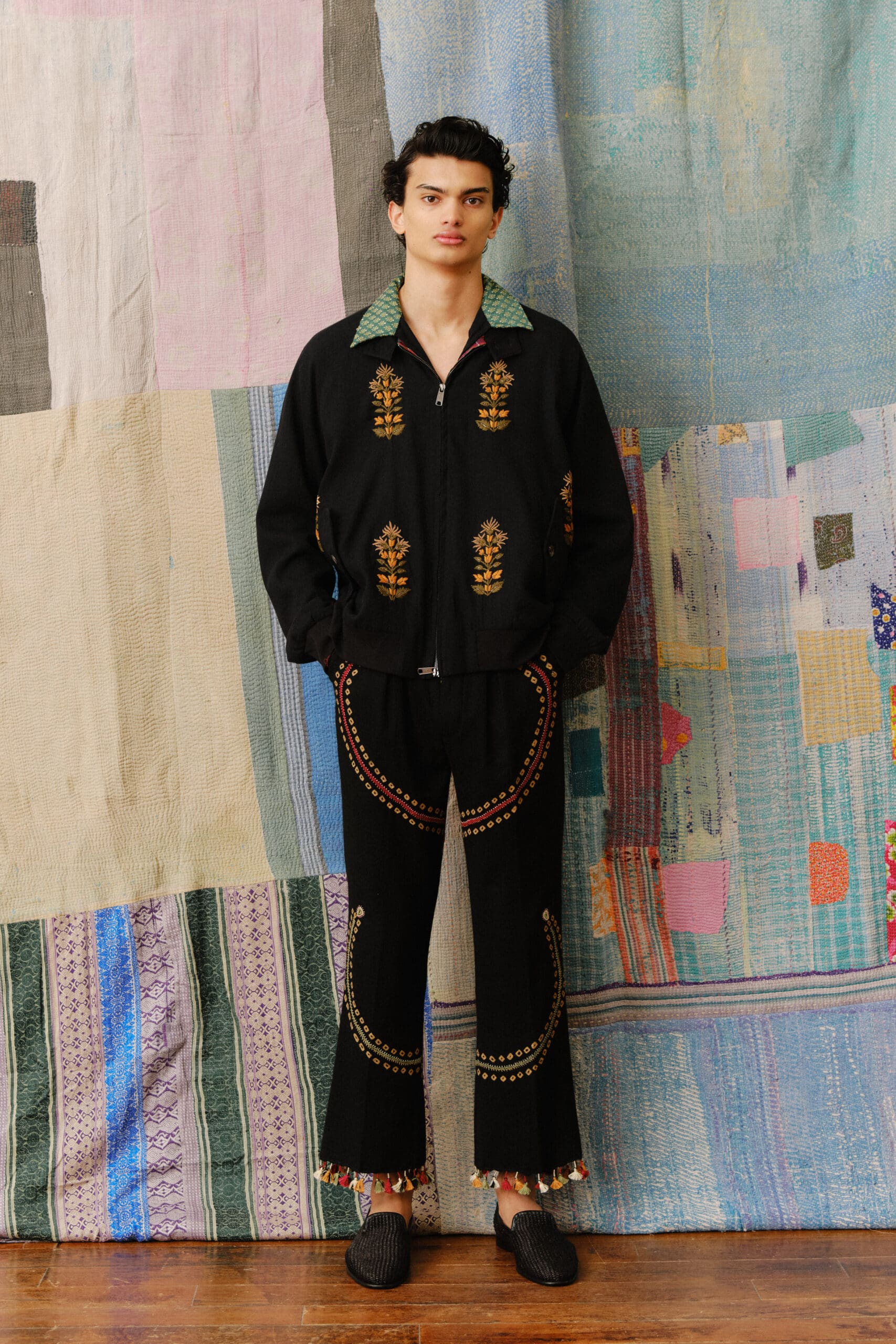
Kartik Research’s AW24 collection delves into both ideas as it looks back on the past as an aesthetic utopia, which adds a touching element to the collection but also merges with it the optimism that comes with looking towards India’s future with the intention of the conversation being generative.
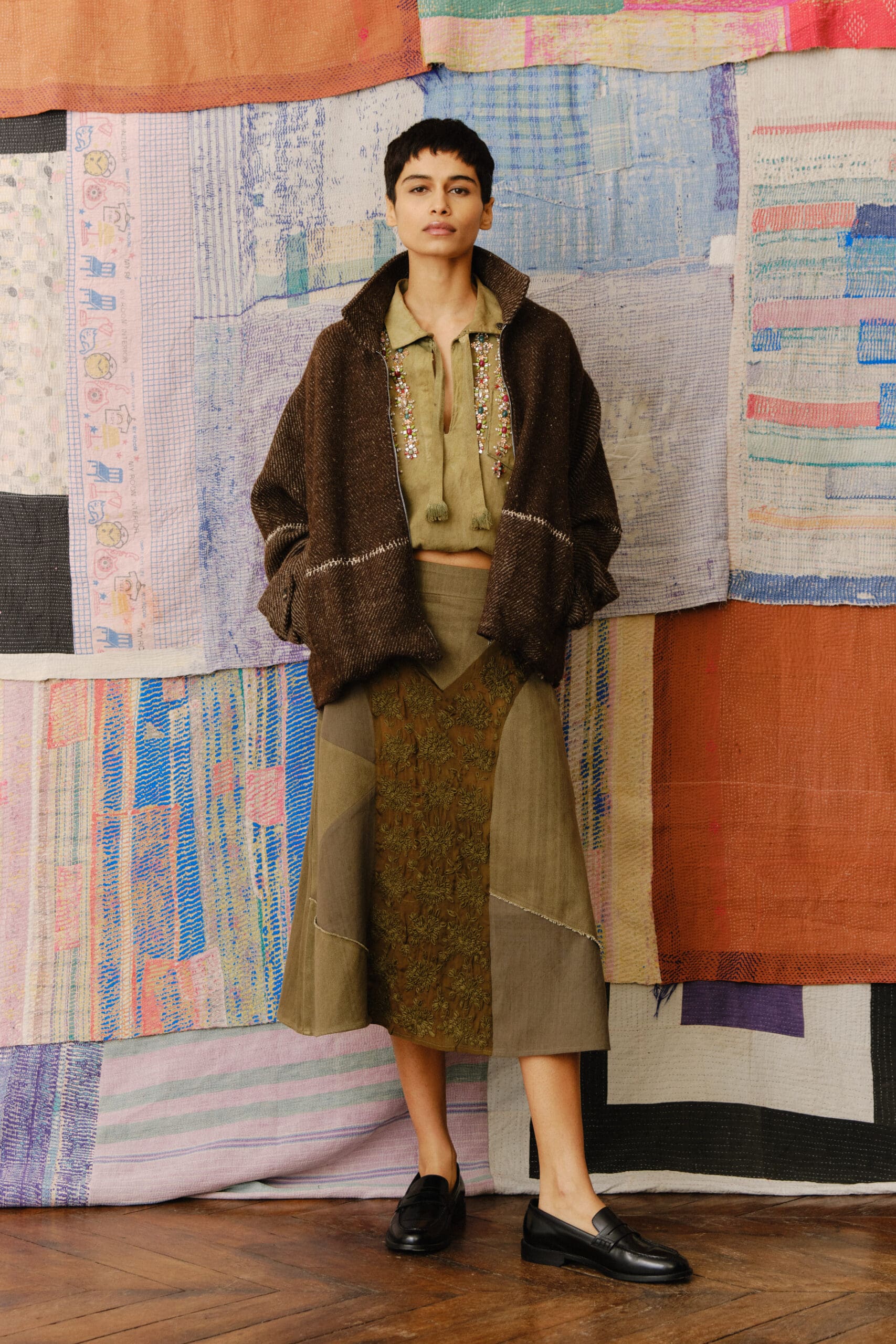
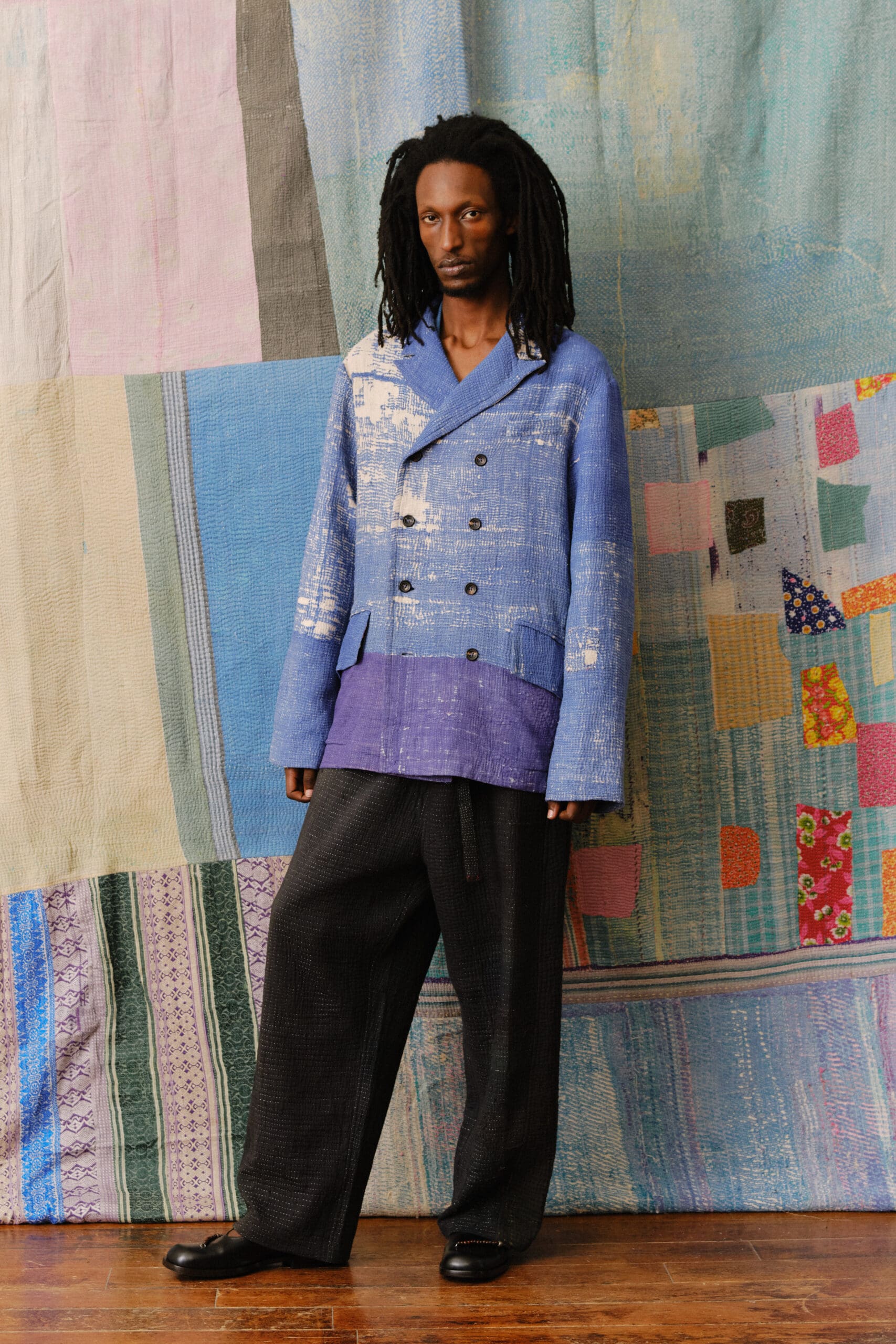
The AW24 lookbook was shot in Jodhpur, a city surrounded by mines that have carved face-like expressions in their sandstone mountains.
The collection displays pieces of the brand’s collaboration with Baracuta, such as the British brand’s G9 Harrington jacket, which sees quilted fabrics and their signature checked lining on handloom.
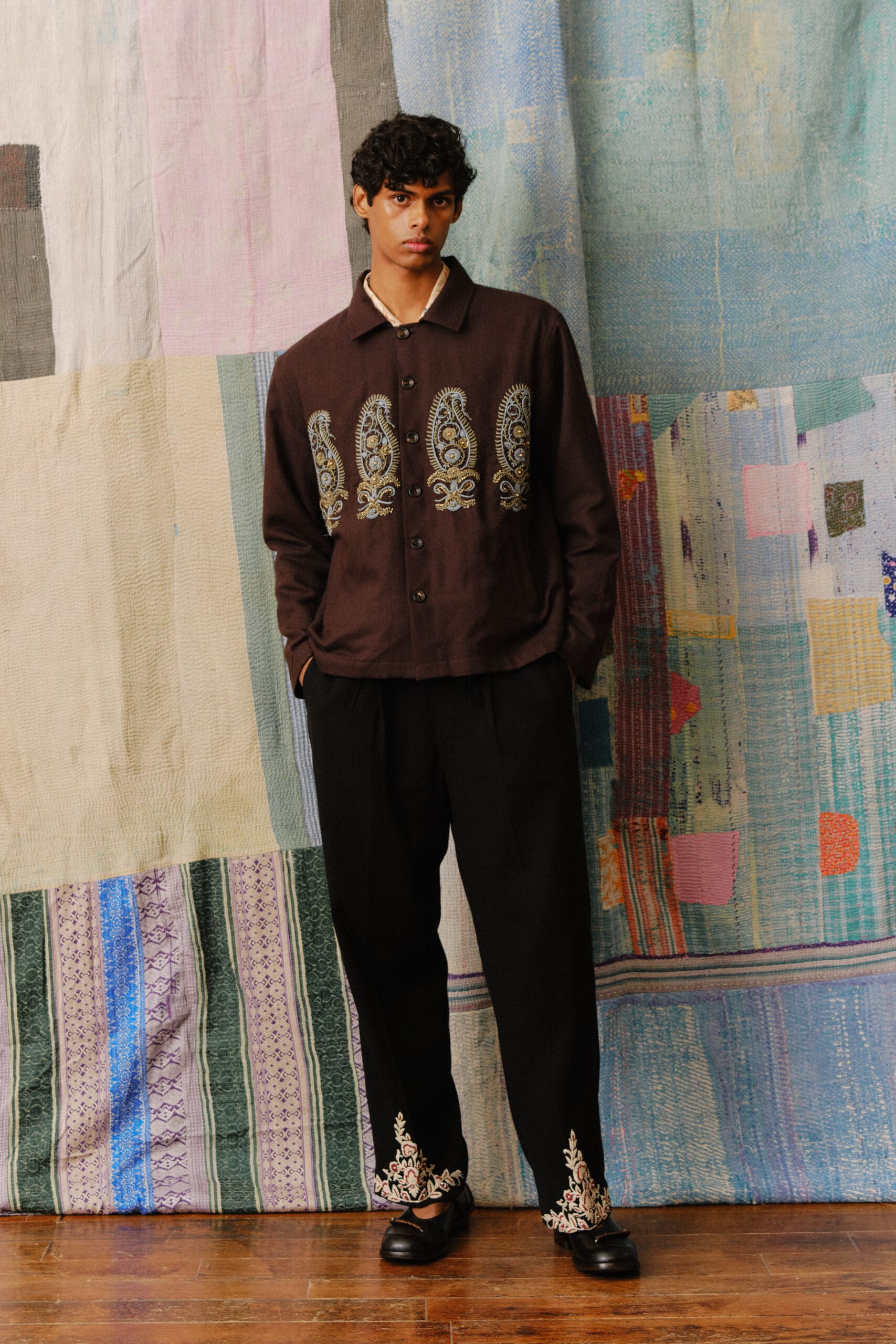
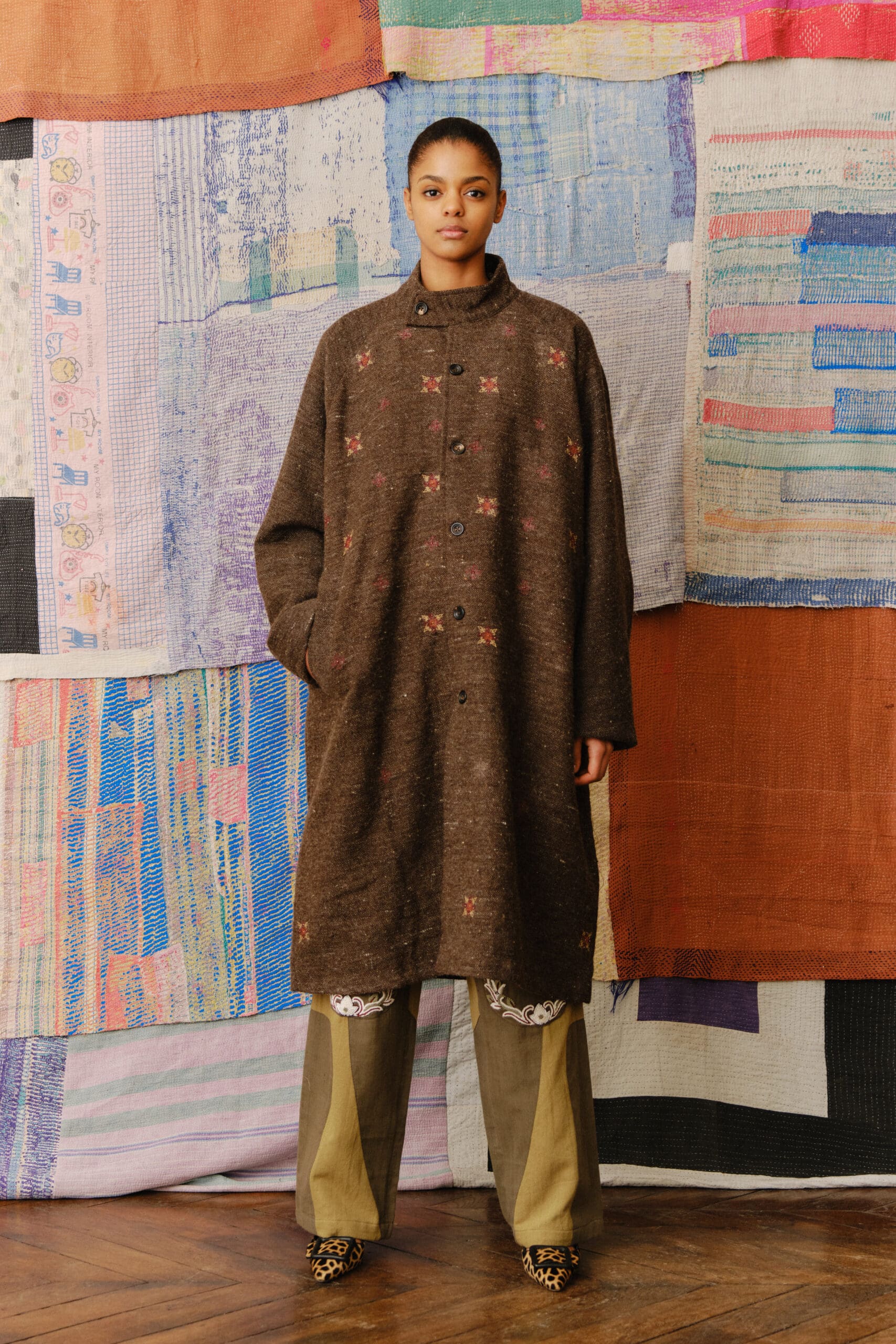
Artisans from Karnataka who specialise in Kasuti embroidery worked with Kumra to create line art inspired by the geometric patterns featured on tiles and also created a hand-block printed woollen fabric. All garments in the collection have been hand-processed in some form and have had the help of several of India’s most skilled artisans.
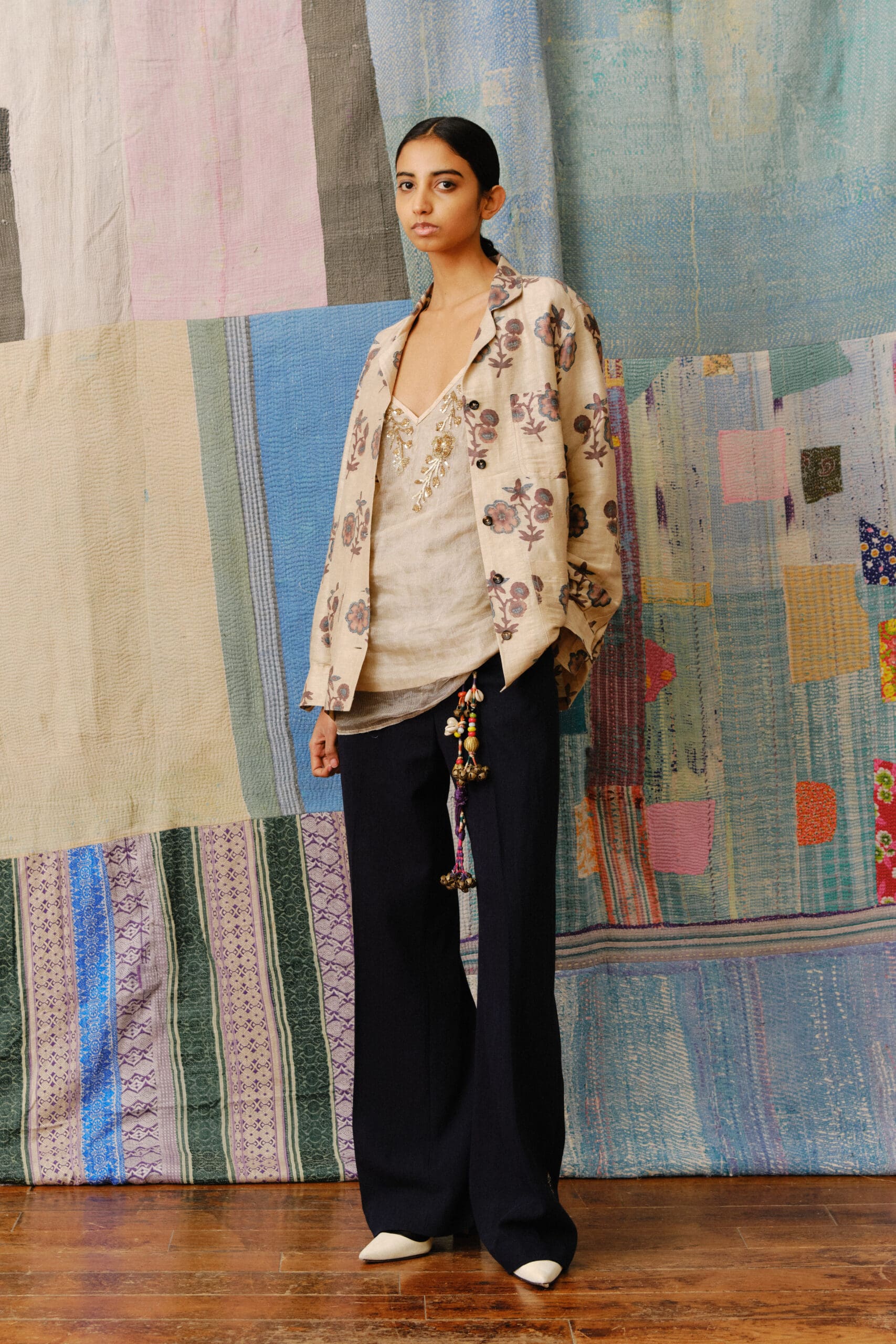
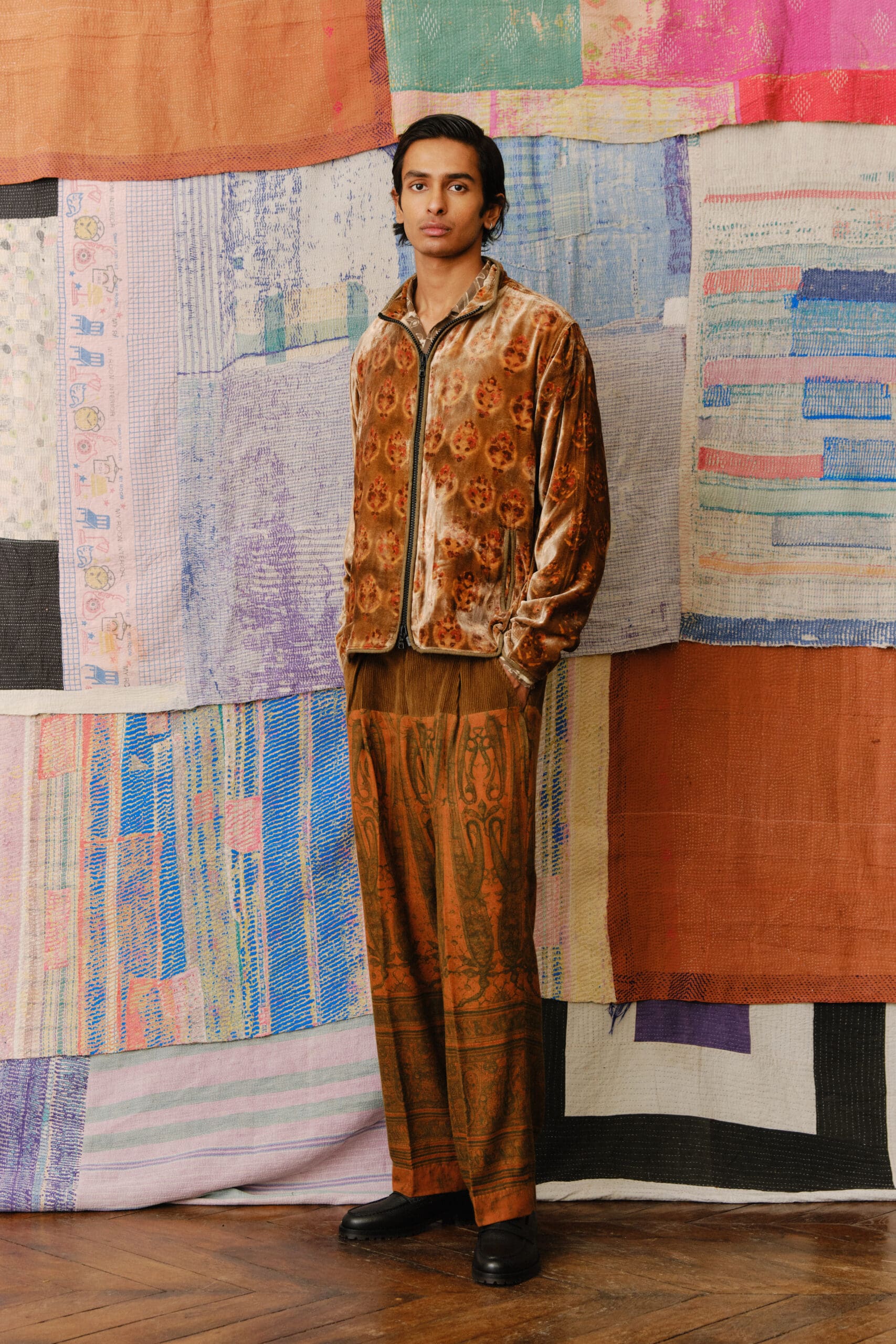
The collection identifies with the brand’s values of supporting Indian artisans and working sustainably, with the majority of the dyes used in the collection sourced naturally and much of the collection being upcycled vintage Kantha quilts and denim.
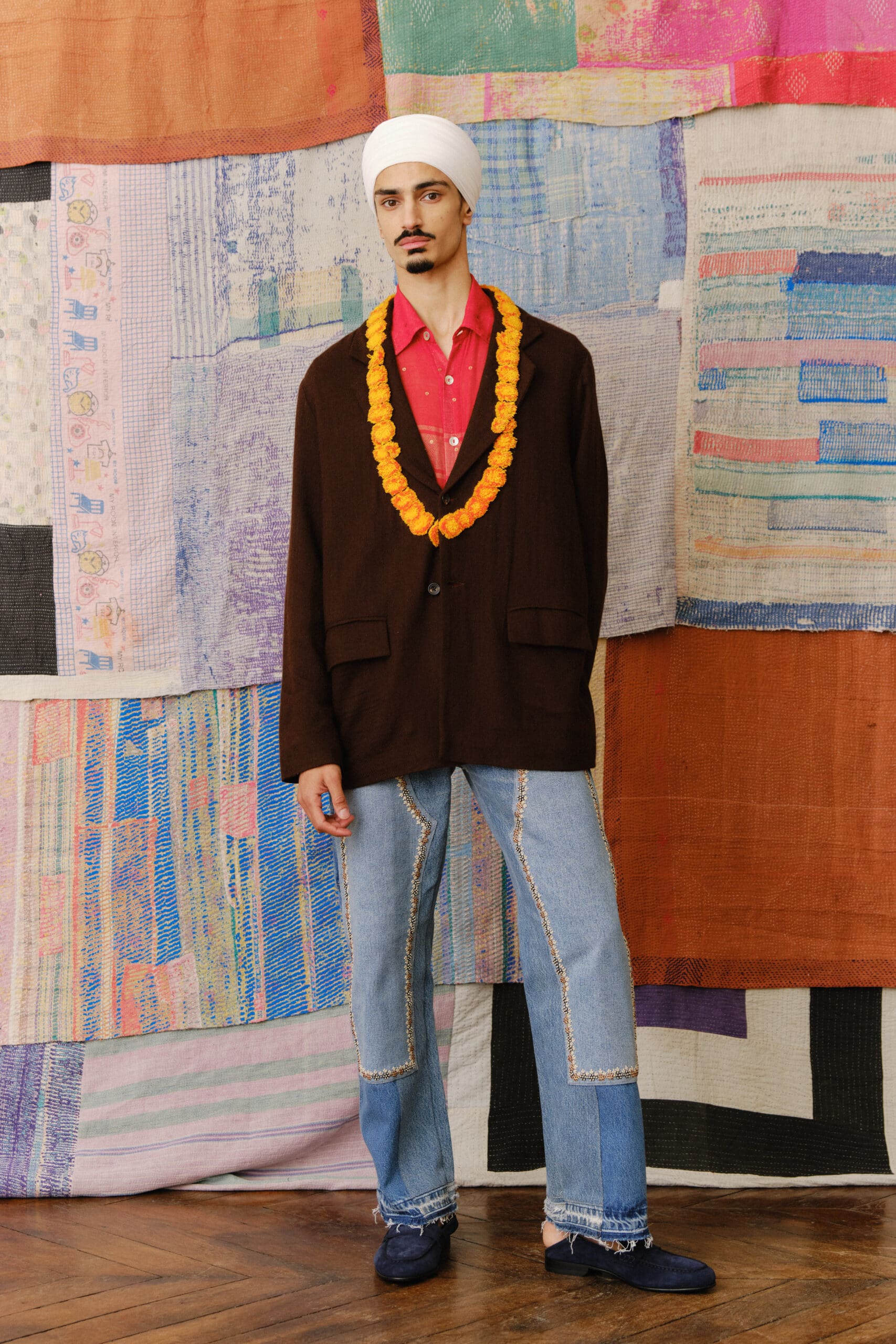
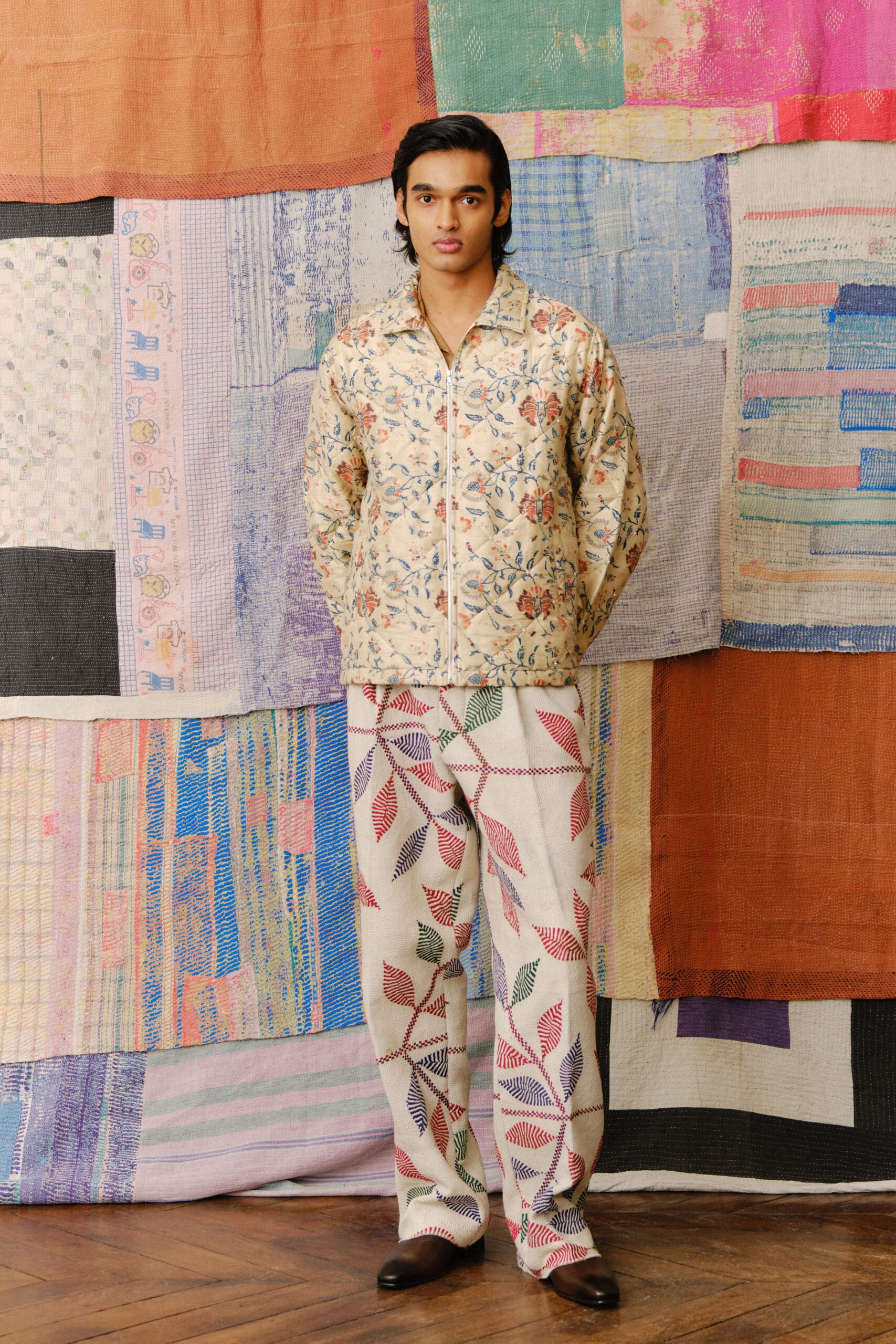
The knitwear is made by women in Almora, Uttarakhand, where all yarn is locally sourced and naturally dyed and all woven fabrics are created on handlooms with wool derived from communities in Himachal Pradesh.
by Nicole Pereira
